By Rick VanSickle
With 2020 thankfully in the rear-view mirror, we’re kicking off the new year right with a visit to Niagara’s Hidden Bench Estate Winery.
A year-end tasting with proprietor Harald Thiel and winemaker Jay Johnston was old hat — it was the second tasting during the pandemic, and third at this Beamsville Bench winery in 2020. The COVID protocols were no longer novel, and, sadly, still very necessary. Separated by plexiglass and different tables, wines were poured carefully and speaking moistly was, by now, the new normal.
But once you have dealt with all the tiny things that were once strange and unthinkable — constant cleansing with sanitizer, carefully juggling bottles to photograph, standing at a safe distance when navigating about, wearing a mask when called for — tasting the wines is just like old times.
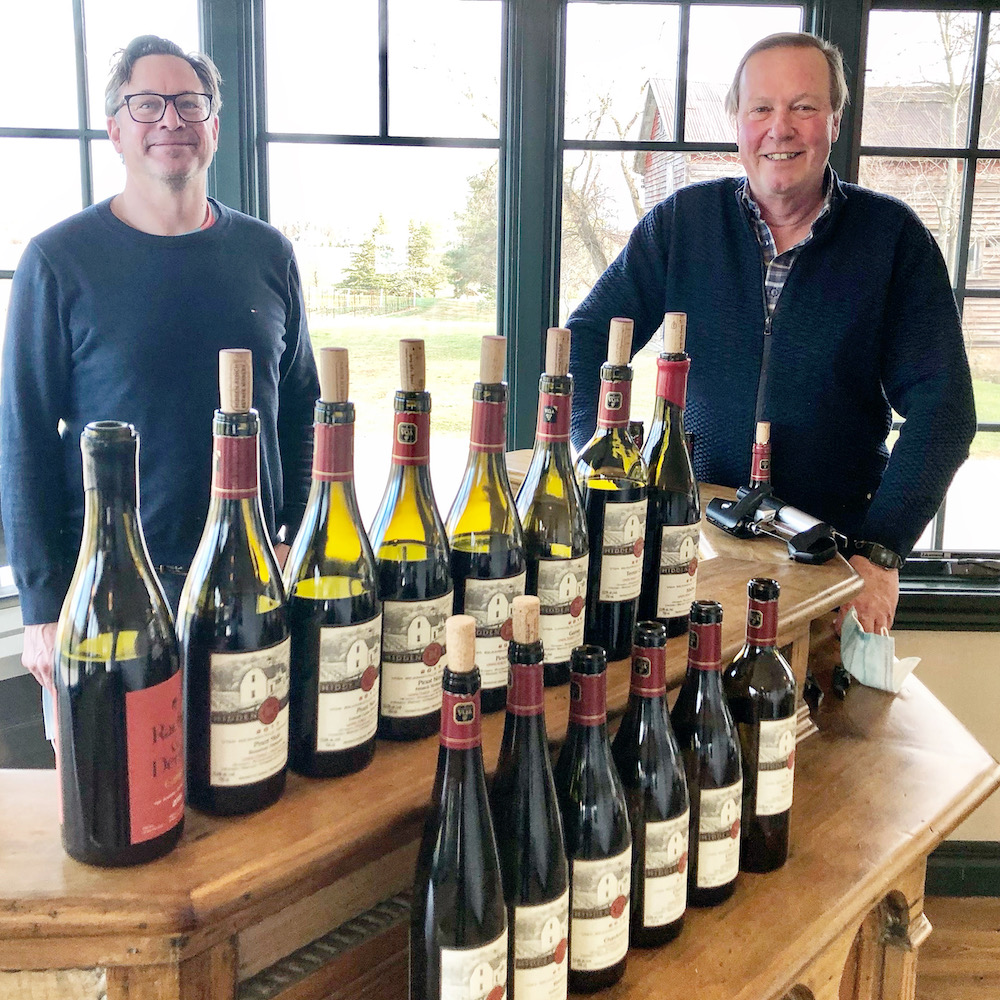
Experiencing Hidden Bench wines is important. Not only a bellwether for the Beamsville Bench, the winery is also a beacon for what can be done at the highest levels with the key varieties that grow best in Niagara, and agree or not, those are: Riesling, Chardonnay and Pinot Noir with a splash of Cabernet Franc, Merlot, Malbec, Sauvignon Blanc, Semillon, and, as of 2019, Gamay. Though the Gamay is from the Lincoln-Lakeshore sub-appellation, grown and planted as per Hidden Bench standards (certified organic), it clearly fits into the mosaic that is Hidden Bench.
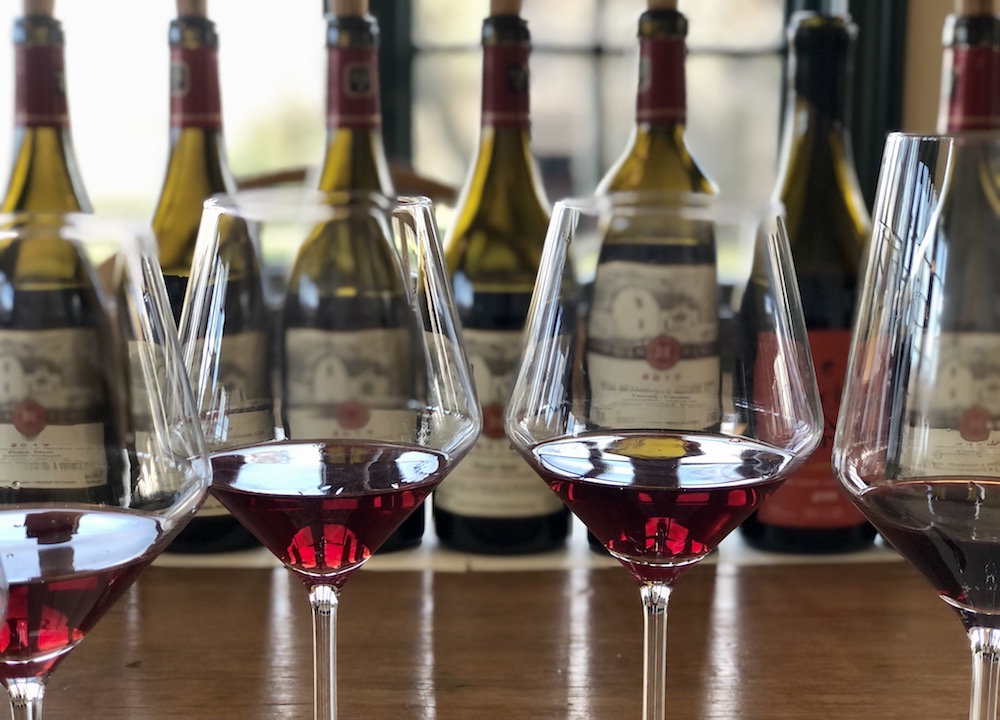
The winery has always been a dynamic producer of uncompromised quality at the higher end of the spectrum and commands top dollar for what they make. Thiel believes in quality without cutting corners and builds his portfolio with winemaker Jay Johnston from the top single-vineyard wines and blends down to what are his “entry level” estate wines. Thiel’s entry level wines rival a lot of other Niagara winery’s top examples. Aside from the new Gamay, all the fruit that goes into Hidden Bench is grown from the three estate vineyards on the Beamsville Bench — Rosomel, Felseck and the home vineyard, Locust Lane — and are all certified organic and farmed biodynamically. Nearly all the wines are bottled unfined and unfiltered with meticulous standards of sorting on the crush pad and equally stringent detail to barrel selection and blending when it comes to the Bordeaux-variety reds, the white blend Nuit Blanche and the bubbles. Added in the last couple of years is a natural series of wines called Rachis & Derma, a skin fermented Chardonnay and a Gamay (but not restricted to those two varieties going forward) with nothing added and nothing taken away, has been inserted into the portfolio.
But it all starts, for the majority of the wines crafted at Hidden Bench, in one (or all) of the three estate vineyards.
LOCUST LANE VINEYARD
Beamsville Bench VQA
(8.5 hectares / 21 Acres)
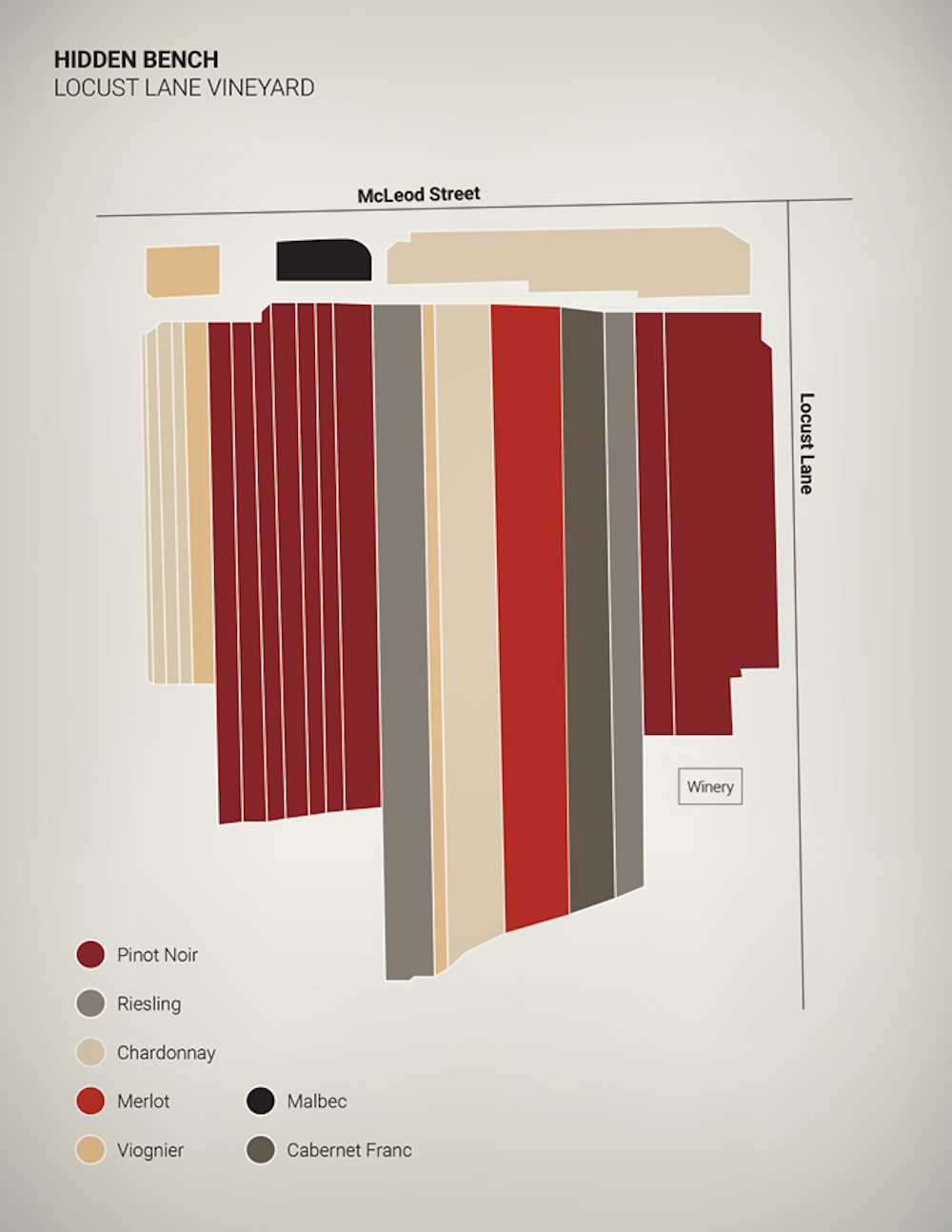
The Locust Lane Vineyard was the first vineyard purchased by Hidden Bench in 2003 and is the location of the winery and, as such, is the home vineyard. This vineyard is unique in that it has both a West/East slope as well as a South/North slope, providing excellent air drainage and solar exposure. Originally planted in 1998, wines from this vineyard have shown a depth of character, with dark fruit and good tannin structure.
ROSOMEL VINEYARD
Beamsville Bench VQA
(9.2 hectares / 23 acres)
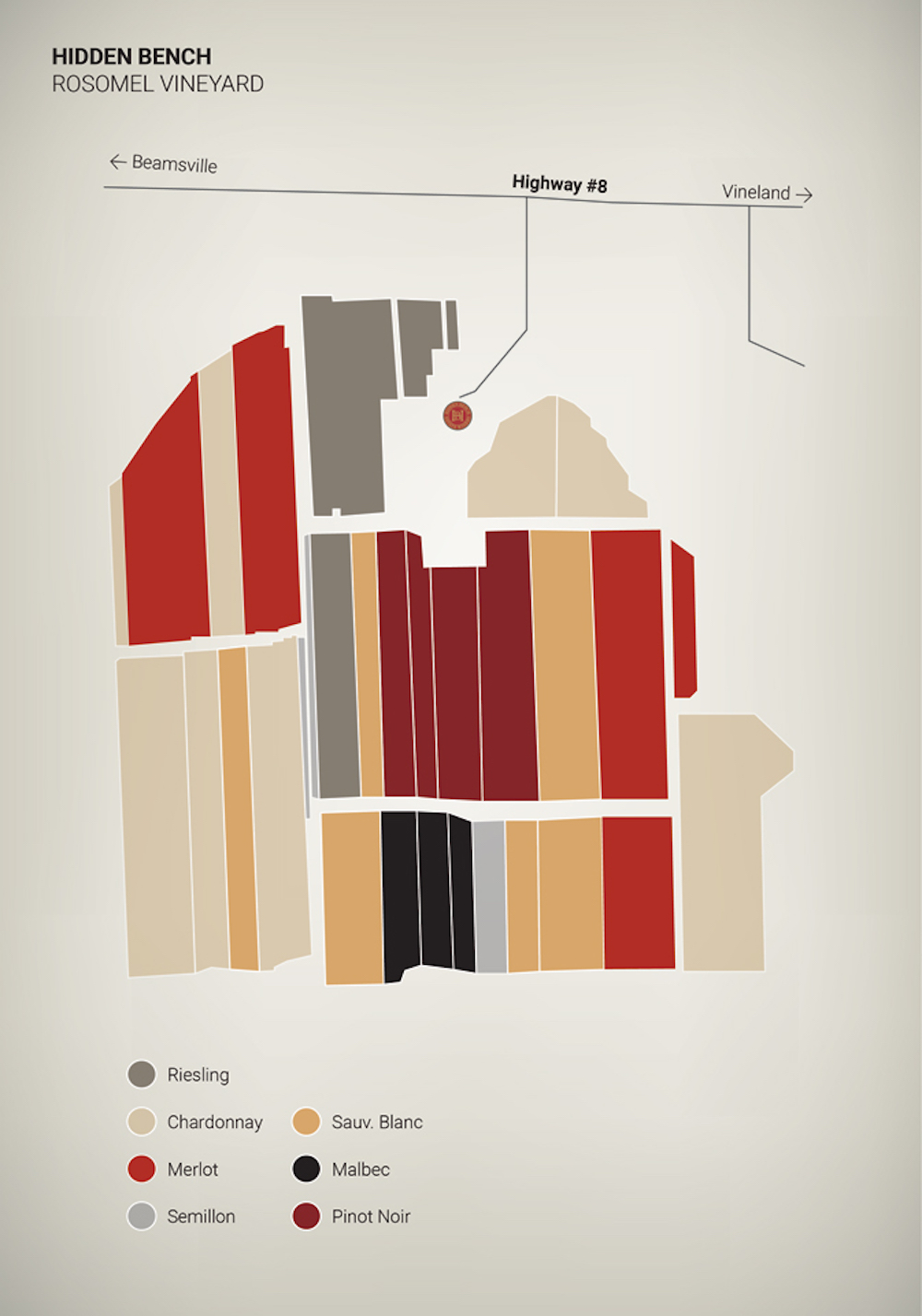
Situated approximately 6 km to the east of the winery, on the Beamsville Bench, lies the historic Rosomel Vineyard, acquired by Hidden Bench in 2004. Originally planted some 40 years ago by Roman Prydatkewycz, this vineyard has consistently produced award-winning wines over the years. (Roman’s Block Riesling, Nuit Blanche, Tête de Cuvée Chardonnay, La Brunante). Hidden Bench is grateful to have been given the ongoing stewardship of this exceptional vineyard and they carry on many of the viticulture techniques that have helped distinguish the wines from this great vineyard.
FELSECK VINEYARD
Beamsville Bench VQA
(13.8 hectares / 34 acres)
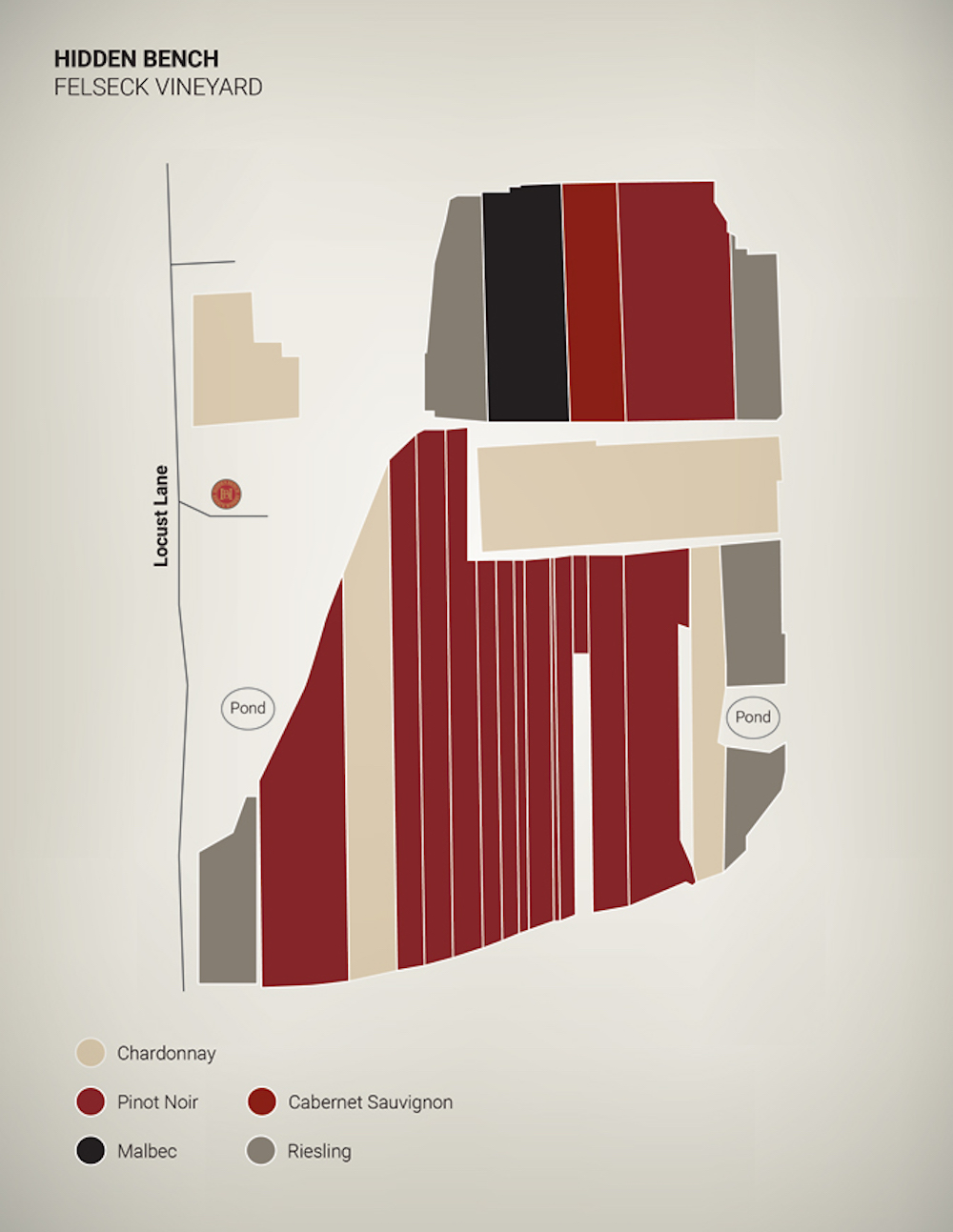
The name Felseck means “corner of the cliff” in German and this vineyard is actually situated where the Niagara Escarpment takes a dramatic turn from an East/West direction to a North/South direction. The name was chosen in honour of our Thiel’s father and grandfather, who also had farms named Felseck. This vineyard was originally planted in 1992 and was acquired by Hidden Bench in the spring of 2007. The high-density plantings (2,600 vines/acre) are primarily Pinot Noir, Chardonnay and Riesling with a significant East/West and North/South slope, which promotes air drainage and superior solar exposure. Wines from this vineyard have had a significant following from the very first vintage due to the unique minerality coupled with ripe fruit overtones.
Here are the new releases that Wines In Niagara tasted with Thiel and Johnston in mid-December.
The White Wines
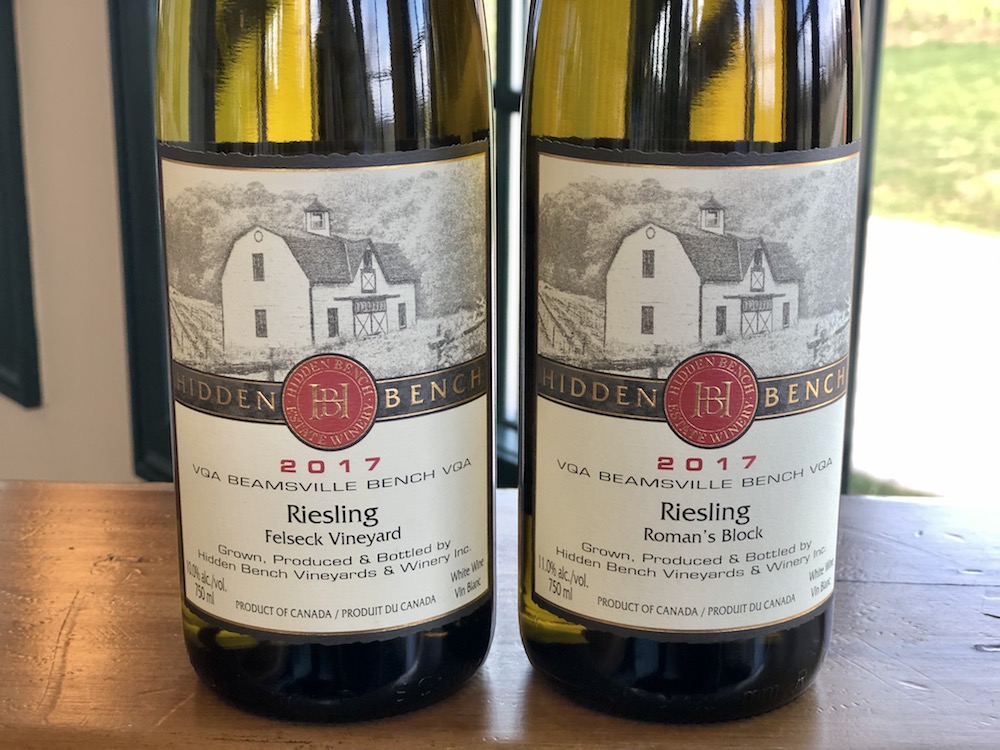
Hidden Bench Roman’s Block Riesling Rosomel Vineyard 2017 ($32, 93 points) — The single vineyard (and this single block) Rieslings from Hidden Bench always land in the Top 10 of Rieslings made in Niagara in most vintages, and the 40-year-old Roman’s Block, to my palate, is one of the finest examples of what this grape can do in the Beamsville Bench sub-appellation. It has a beautifully perfumed nose of juicy lime, grapefruit, wet stones, floral notes, green apple and pear. It’s awash in stony minerality on the plate with lemon pith, lime zest, grapefruit, salinity and racy acidity on a bright finish. Cellar 10+ years.
Hidden Bench Felseck Vineyard Riesling 2017 ($30, 92 points) — This estate vineyard, planted in 1992, also produces terroir-inspired Rieslings and provides a lovely comparison to the Roman’s Block above. It has a much different expression on the nose with a more subtle nose of lemon, floral notes, steely minerality and underlying lime. It’s tangy, bright and vibrant on the palate with lemon peel, minerals, honey and fresh cut citrus on a finessed finish. This will need some time in the cellar to fully open up and will gain lovely complementing petrol notes with aging.
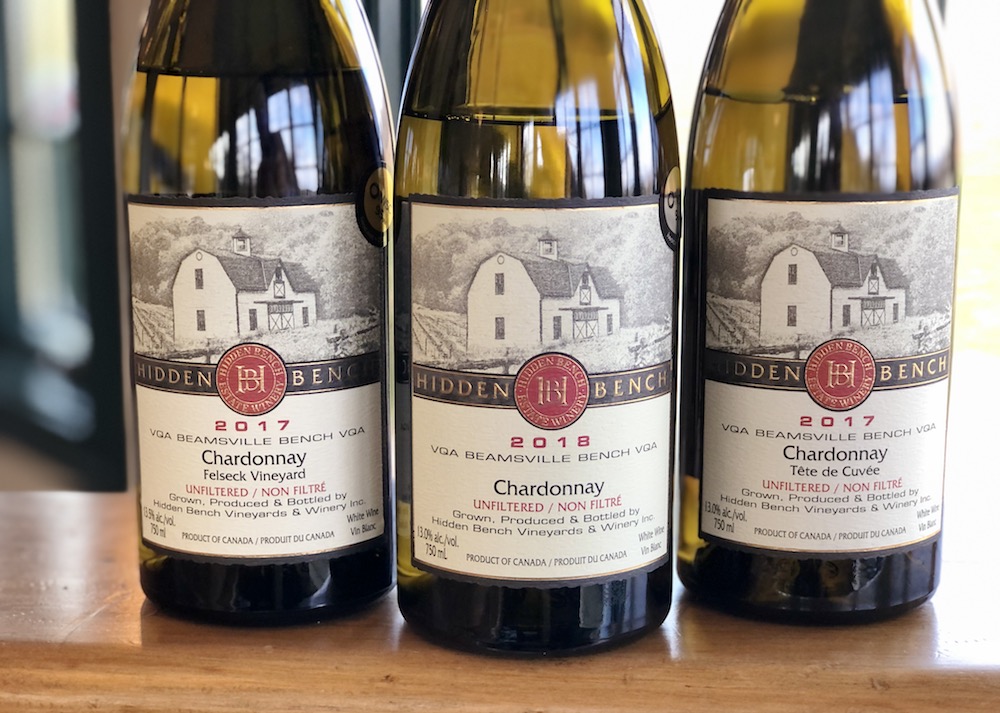
Hidden Bench Estate Chardonnay 2018 ($30, 93 points) — “The most holistic of our wines are the blends,” says Johnston. “I just love pulling the components together for these wines.” The blend is chosen from the three estate vineyards — Locust Lane, Felseck and Rosomel — with aging in concrete egg (4%) and the rest in French oak (15% new oak) for nine months. Maybe the best Chardonnay at this level made to date at Hidden Bench and hard to imagine a better Chard at this price point in Niagara. It has a beautiful nose of pear, lemon zest, vanilla toast, and elegant spice notes. It’s rich and broad on the palate with a range of stone fruits, citrus zest, vanilla bean, minerals and spice through a clean, fresh finish. Simply, a delicious example of Niagara Bench Chardonnay.
Hidden Bench Tête de Cuvée Chardonnay 2017 ($48, 94 points) — This unfined and unfiltered top Chardonnay from Hidden Bench is consistently one of the best examples of this variety in Niagara. It’s a blend of 27% Locust Lane and the rest Rosomel fruit with aging in French barrique (23% new). It has an enthralling nose of golden apple, ripe pear, nougat, citrus zest, integrated spices and flinty/stony minerality with lovely freshness and persistence. So beautiful, rich and textured on the palate with harmonic spice notes, poached pear, baked apple, flint, toasted almonds, citrus zest and racy acidity on a long and finessed finish. A beautiful wine that will bring pleasure for many years to come.
Hidden Bench Felseck Vineyard Chardonnay 2017 ($42, 93 points) — This unfined, unfiltered single-vineyard estate Chardonnay is aged in 82% French oak (17% new) and 18% concrete egg for 14 months. It has a highly perfumed nose of ripe pear, apple, toasty/creamy vanilla notes, underlying lemon notes and beautiful, rich spice notes. It’s gorgeous on the palate with ripe Bosc pear, golden apple, flinty/chalky minerality and toasty vanilla and spice on a racy, vibrant finish. Can cellar 6+ years.
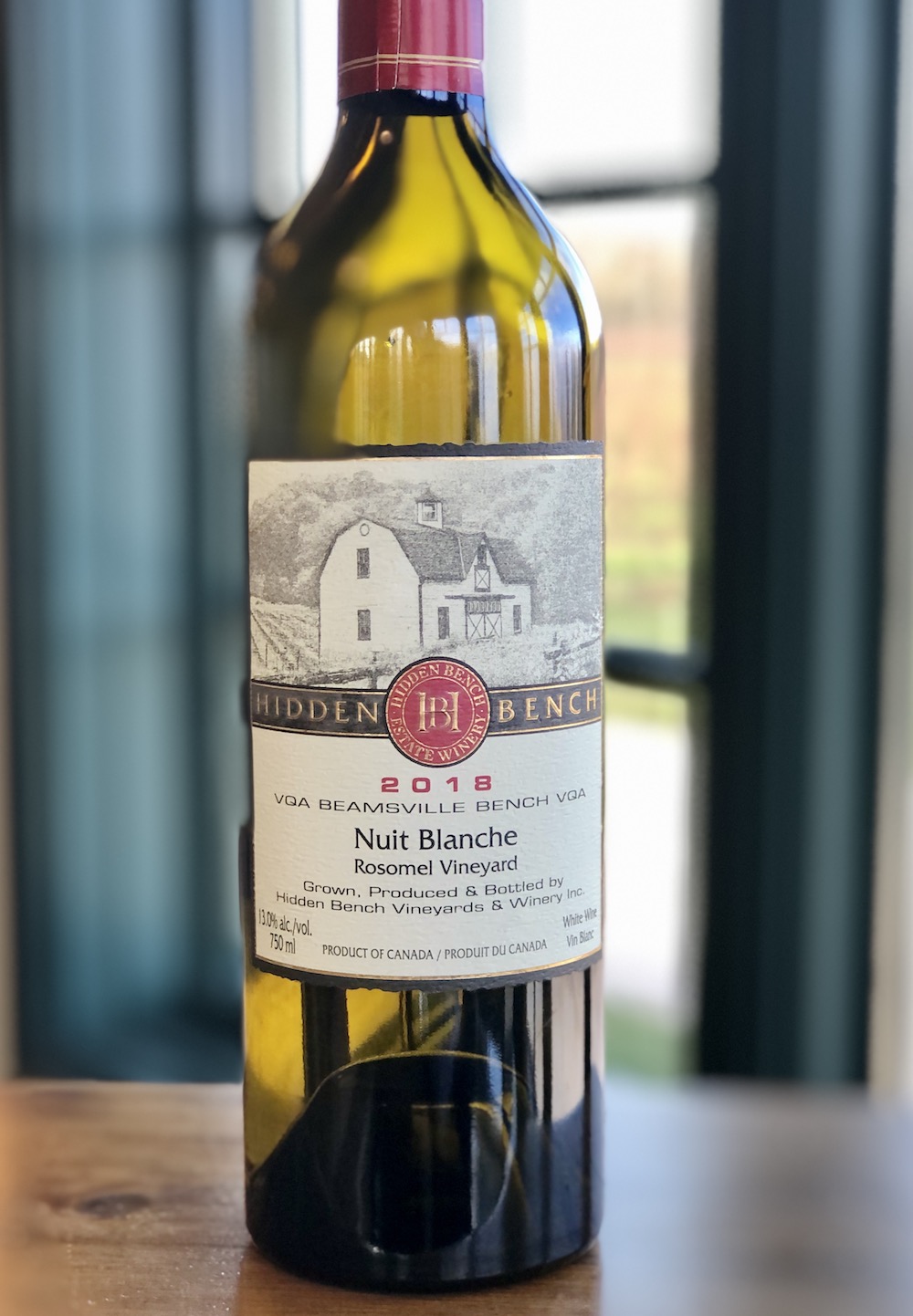
Hidden Bench Nuit Blanche Rosomel Vineyard 2018 ($42, 93 points) — This style of wine, inspired by the great white Bordeaux blends, is a blend of Rosomel Vineyard Sauvignon Blanc (78%) and Semillon (22%) with French oak aging (9% new) for nine months. Only a scant few in Niagara attempt to make this classic style of white wine and few achieve this level of quality. Such a beguiling nose of lemon/citrus, peach, melon, apricot, green apple and a lovely kiss of oak spices. It’s lovely on the palate with integrated flavours of peach, apple, citrus, honeysuckle, crushed stones, touch of honey, lanolin with spice, and a long luxurious finish. A truly gorgeous wine that can be aged 5+ years as it gains complexity and rounds out.
The Red Wines
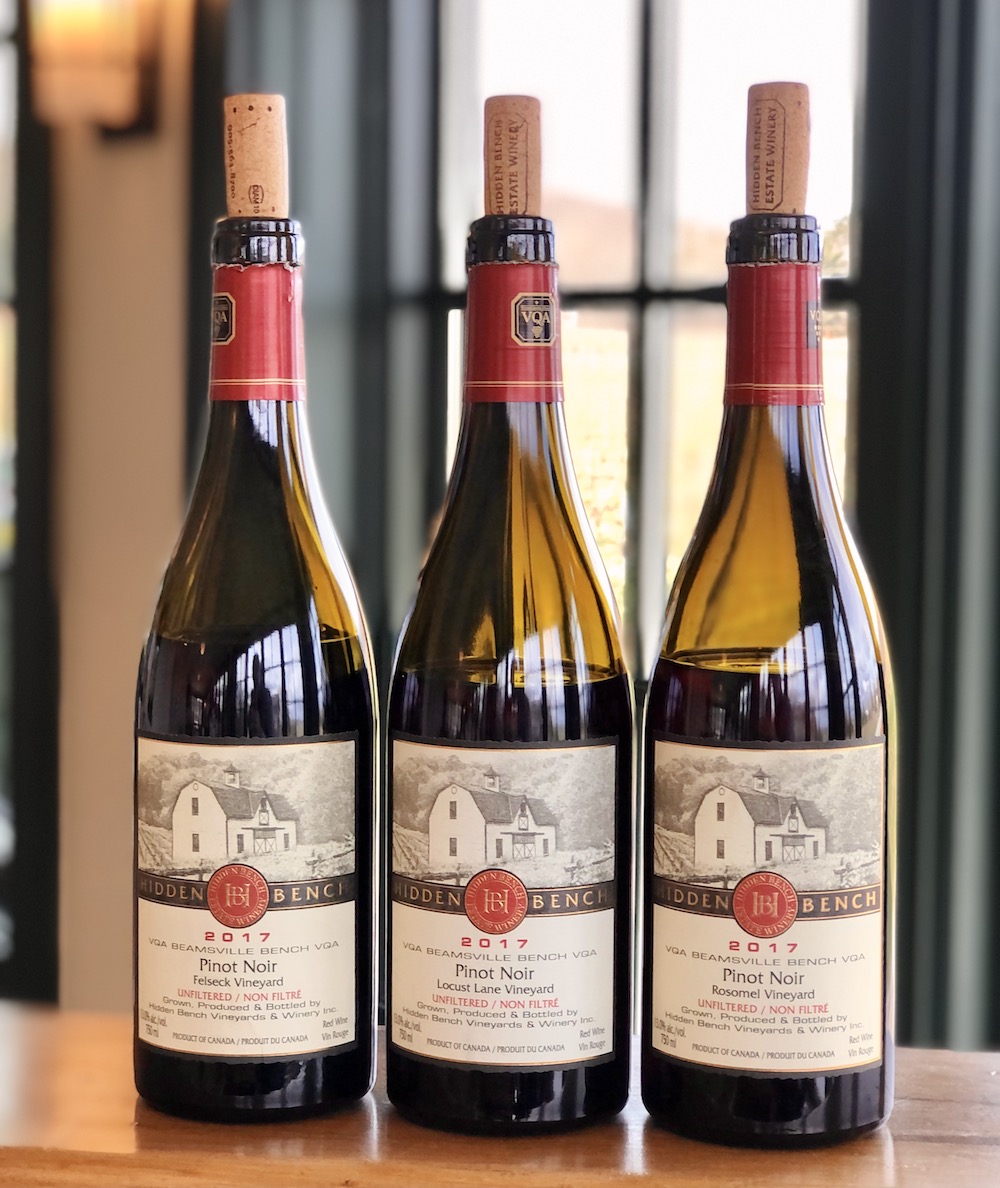
Hidden Bench Rosomel Vineyard Pinot Noir 2017 ($58, 93 points) — Rosomel Vineyard was originally planted in 1990 by Roman Prydatkewycz and added to in 2006 after Thiel purchased the property. The Pinot spends 10 months in French oak (17% new) and is bottled unfined and unfiltered. It has a pretty nose of crushed red berries, floral notes, earth and savoury/toasty spices. It has lovely mouth feel, brambly red berries, earthy/loam notes, cranberries, ripe tannins, integrated oak spices and a long, finessed finish. Can age this 7+ years.
Hidden Bench Felseck Vineyard Pinot Noir 2017 ($42, 92 points) — Felseck was planted in 2003 and 2008 and this Pinot was aged in French oak (18% new) for 10 months and bottled unfiltered and unfined. This has a more smoky/earthy nose than the Rosomel with underlying forest berries, dark cherries, brambly raspberries, plums and cassis with fine oak spice notes. The palate reveals a smooth texture, crushed red berries, lovely tartness and finesse through a long and persistent finish. Can cellar 6+ years.
Hidden Bench Locust Lane Vineyard Pinot Noir 2017 ($48, 94 points) — This completes the single vineyard trilogy of Pinot Noirs from Hidden Bench. Locust Lane is the vineyard you look out into from the tasting room and was a high-density planting in 2004. It’s aged in French oak (14% new) for 10 months. What a blockbuster! With an expressive nose of smoky red berries, teeming with dark cherries, plums and spicy/savoury notes, this is just a cut above the other two single vineyard Pinots. It is simply beautiful on the palate, a soulful, terroir-driven Pinot with a complex array of crushed red berries, earthy/brambly/savoury notes, plums, cassis and smooth tannins through an insanely long and finessed finish. It presents itself as a pretty Pinot with complexity and forwardness that will improve and harmonize with 10+ years in the cellar. Wow!
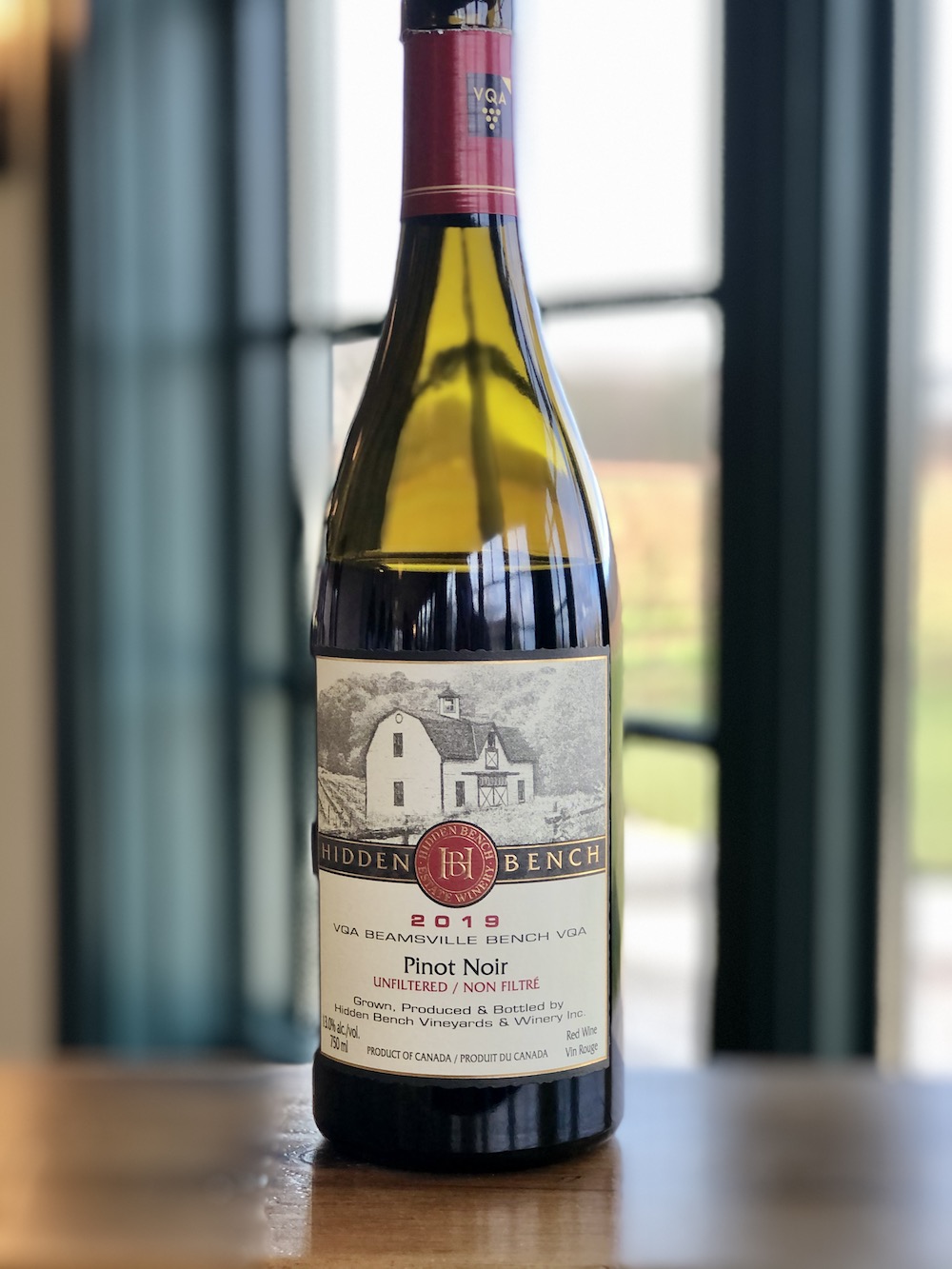
Hidden Bench Estate Pinot Noir 2019 ($35, Vintages now, 91 points) — This Pinot is a blend of fruit from the three estate vineyards — Locust Lane, Felseck and Rosomel — and gets the same attention to detail as the single-vineyard wines. It’s aged in French oak (29% new) for 10 months and is bottled unfiltered and unfined. It shows expressive cherries and wild raspberries on the nose with sweet spice notes and a touch of earth. The red berries are bright on the palate with supporting plums and spice in a juicy, fresh and approachable style. Pretty good now but can cellar for a couple of years.
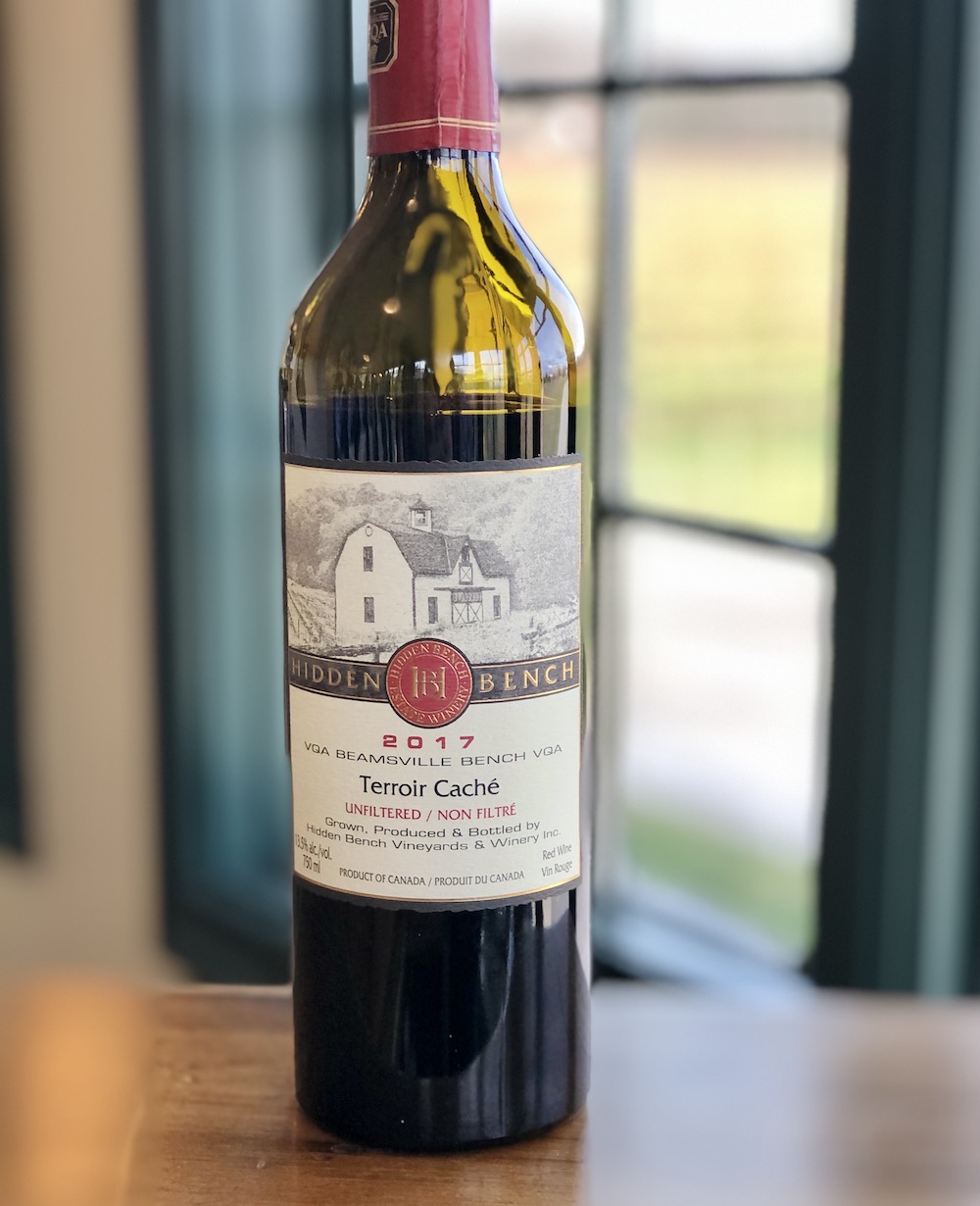
Hidden Bench Terroir Caché 2017 ($45, 92 points) — This Bordeaux variety blend of Merlot, Malbec and Cabernet Franc, from the three estate vineyards, is aged in French oak (55% new) for 20 months. It has an enticing nose of plums, black currants, cassis and fine oak spice notes. It’s complex and layered on the palate with a full range of dark berries, toasty vanilla, fine-grained tannins, elegant spice notes and length through a finessed finish. Can age 6+ years for further integration, maybe more.
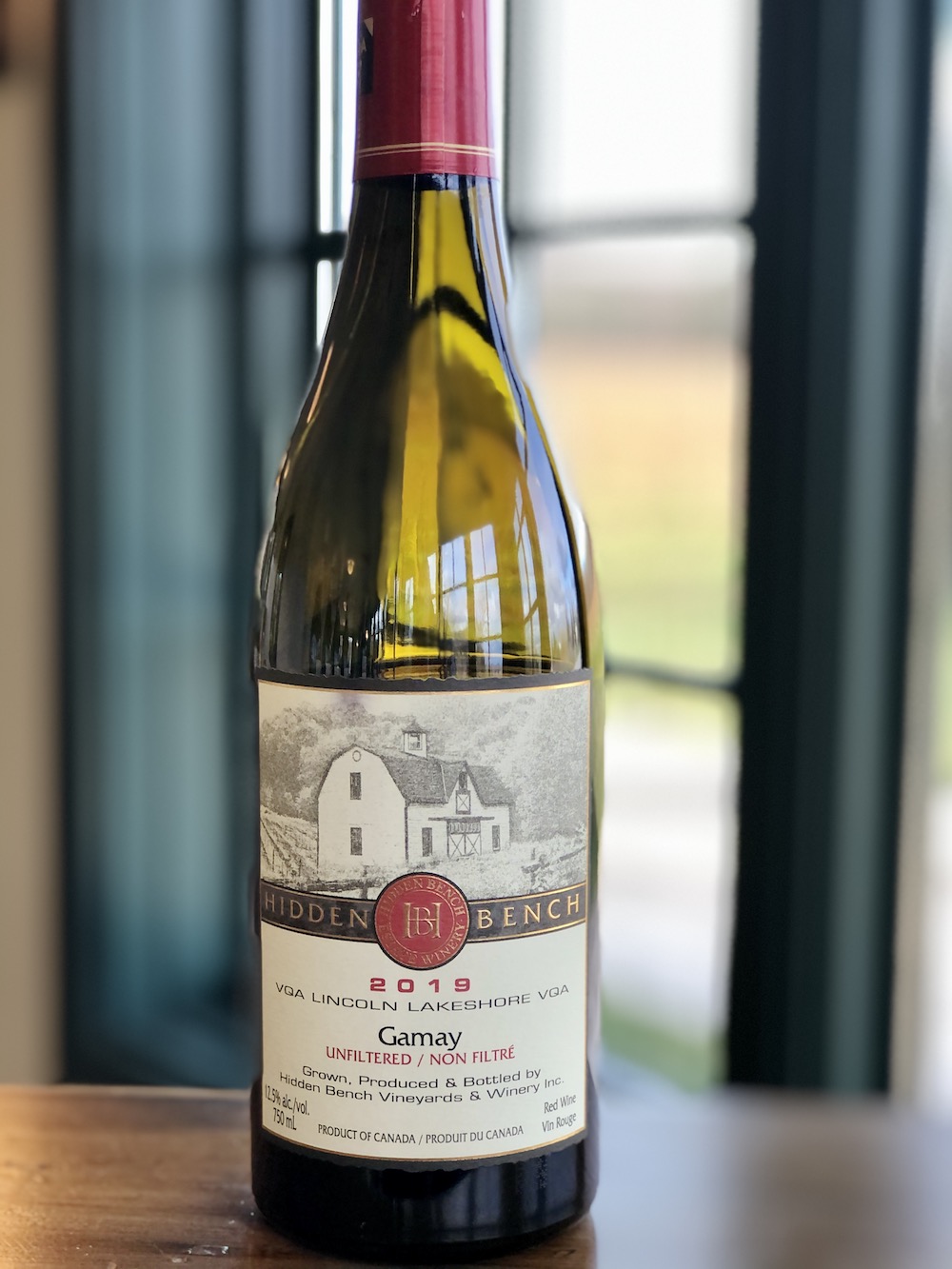
Hidden Bench Gamay Noir 2019 ($30, previously reviewed, 92 points) — After contracting a vineyard in the Lincoln-Lakeshore appellation in 2013, and planting the first crop in 2016, Hidden Bench Estate Winery has joined the growing #GoGamayGo fan club and released two certified organic Gamay Noirs, in 2020. The first offering was bottled under the Hidden Bench label and is crafted in a “cru” style by winemaker Johnston, the second Gamay was released under the natural series label called Rachis & Derma, loosely translated to skin and bones, and made in a more reductive style that’s unfined, unfiltered and sees nothing added but a tiny bit of sulphur at bottling. I retasted the traditional style Gamay (the first sample wasn’t bottled when last tasted) with Thiel and Johnston at this tasting. This has a lovely nose of savoury plums, earth, red berries and light spice notes. This is highly crushable on the palate with persistent notes of raspberries, cherries, plums, light tannins, touch of reduction and rousing acidity through a tangy, juicy finish. Upon retasting, the reductive notes are much more integrated and the spices are more prominent.
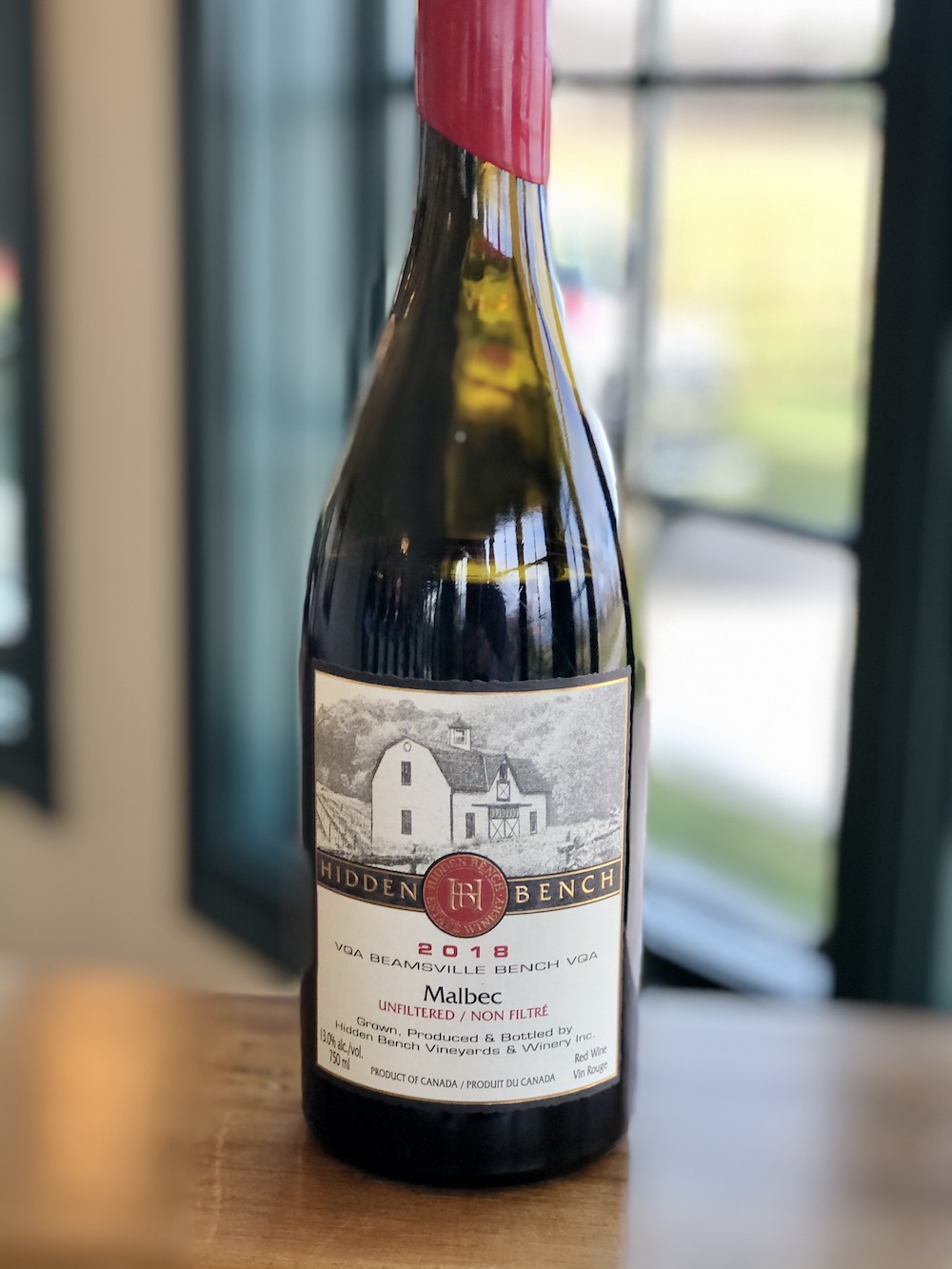
Hidden Bench Malbec 2018 ($40, 90 points) — This has a much more red berry nose than the 2017 vintage with notes of cherry cola, fresh raspberries, violets, pepper, blackberries and toasted spice notes. It’s bright on the palate with cherries, cocoa, dark berries, cedar and spice with a lifted, finessed finish and smooth tannins. Can cellar 5+ years.
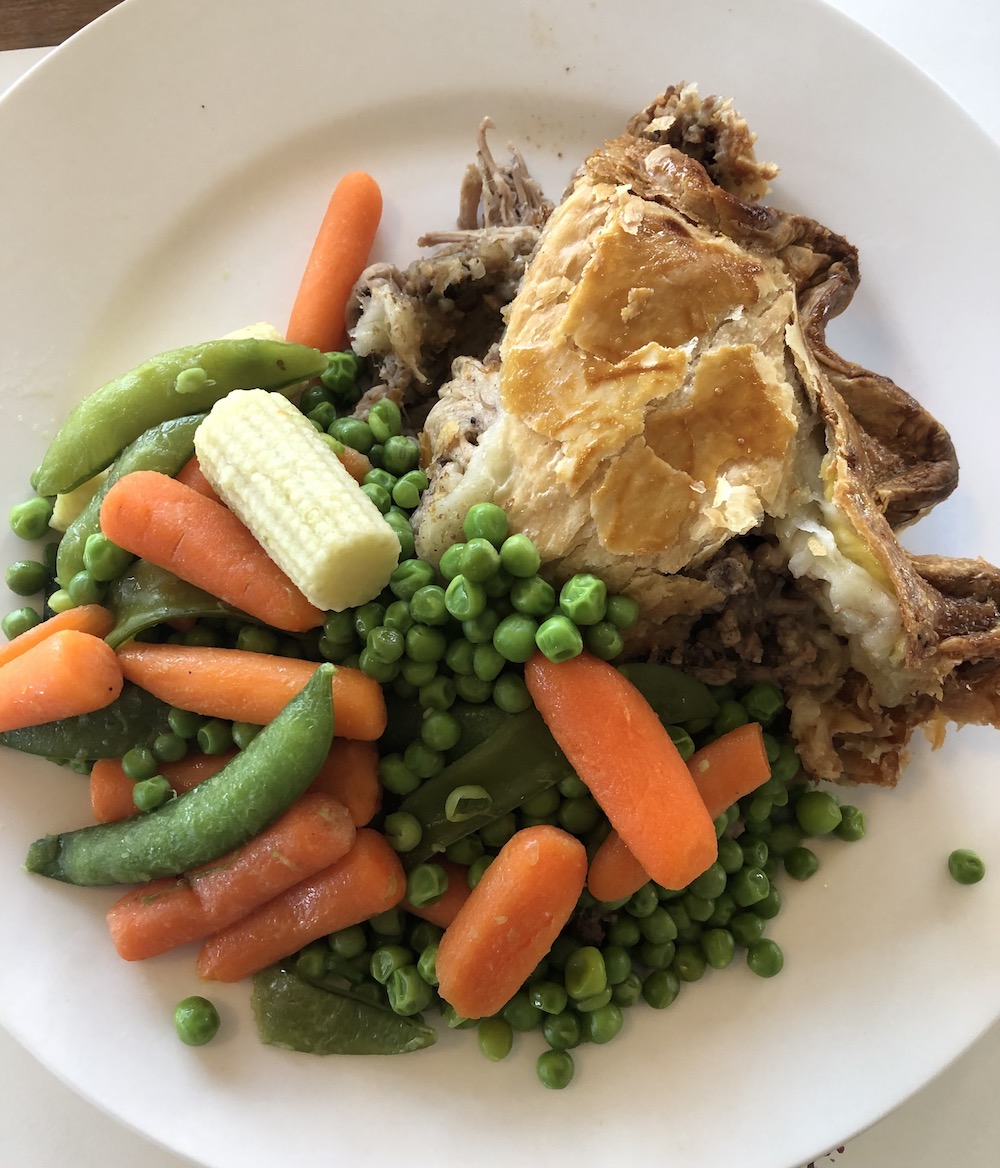
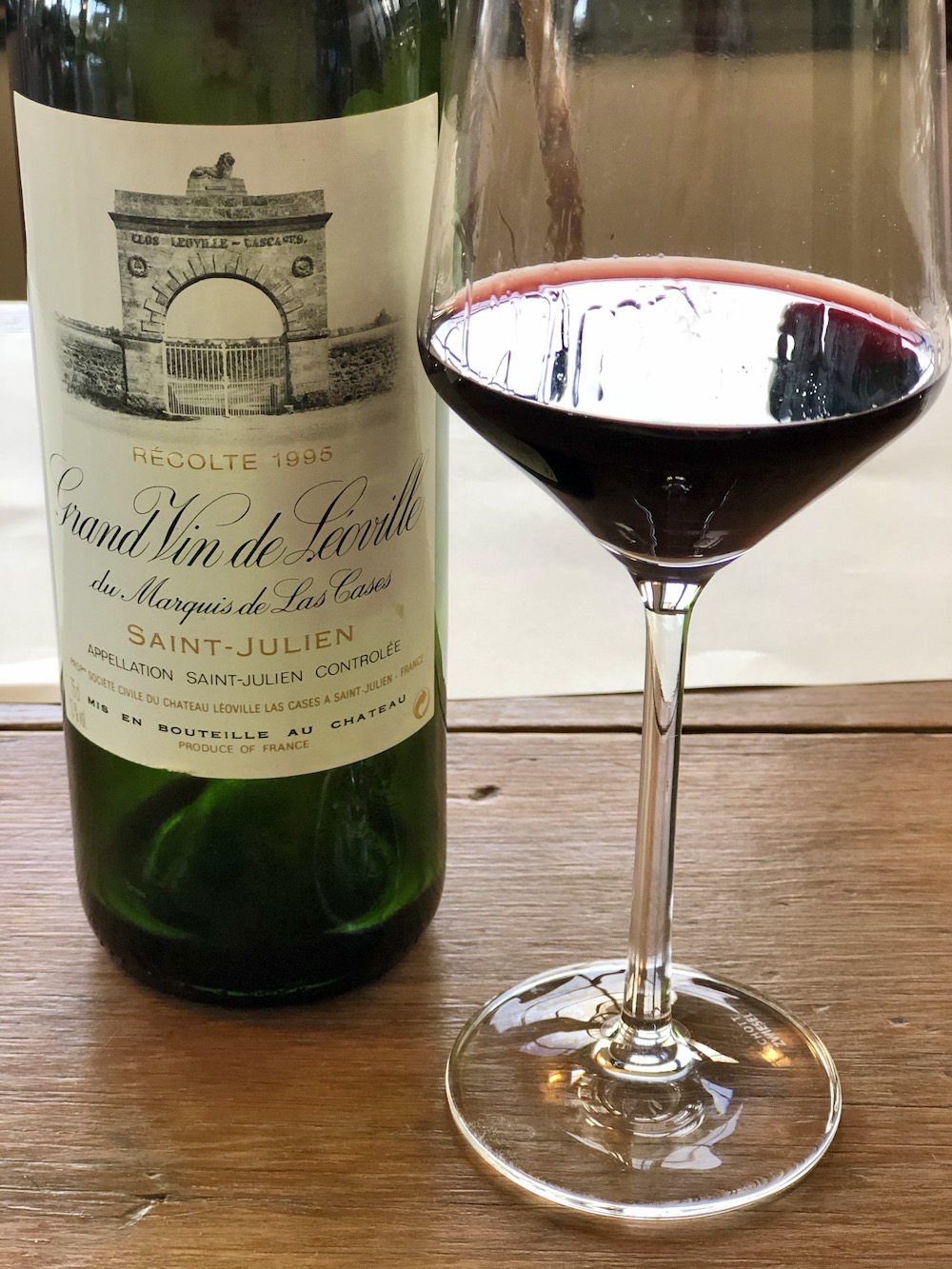
As a Christmas treat following the tasting, Thiel served a delicious Quebec tourtière with a healthy serving of vegetables. As a bonus, the vigneron put a bottle of Grand Vin de Leoville du Marquis de Las Cases 1995 (Bordeaux Second Growth) on the table from his private cellar. The tourtière and stunning Bordeaux were brilliant together and the wine, as spectacular as it was, was in good company with the Hidden Bench wines already on the table. Not many would pour a grand old perfectly aged Bordeaux at the end of portfolio tasting of Niagara wines, but then again, not everyone is Harald Thiel.


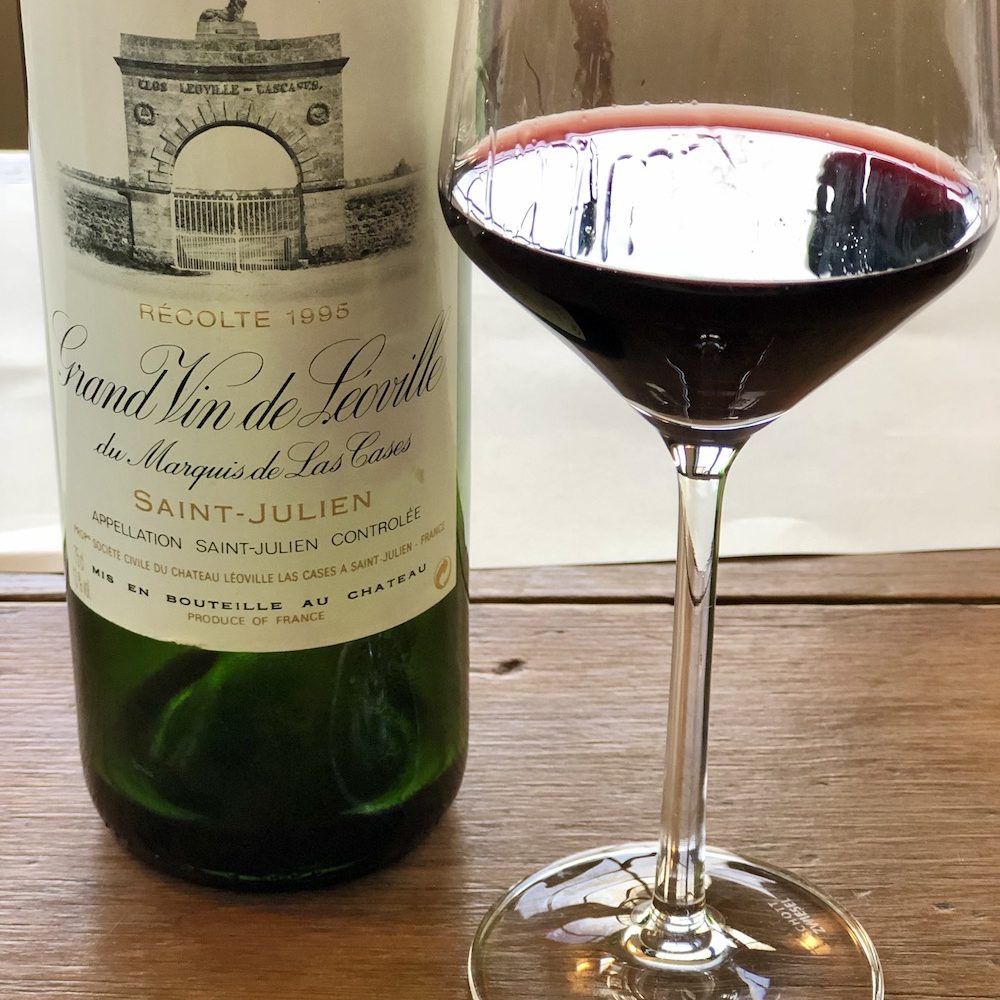



Comment here